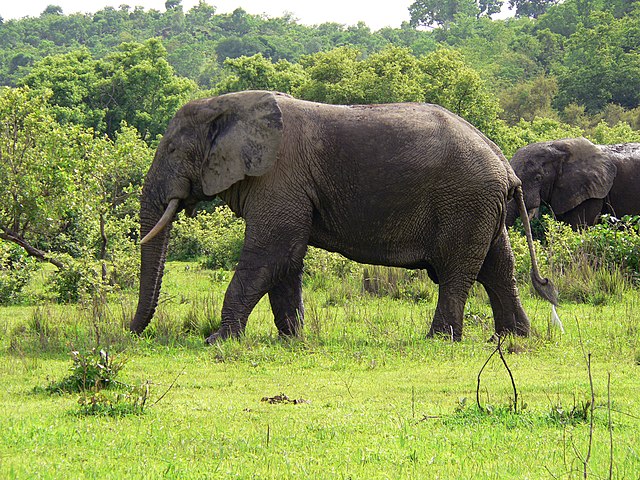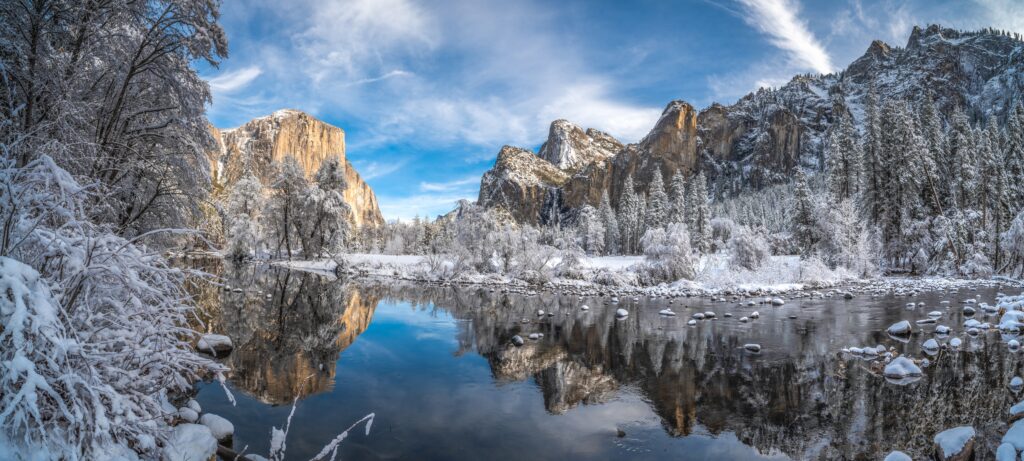
Nestled in the heart of Northern Ghana, Mole National Park is a treasure trove of biodiversity and cultural heritage. Covering an impressive 4,577 square kilometers, it stands as the largest national park in Ghana. With its stunning landscapes, abundant wildlife, and rich history, Mole National Park offers visitors a unique glimpse into the beauty and complexity of West Africa’s natural environment. This blog post will delve into the park’s wildlife, ecosystems, activities for visitors, conservation efforts, and tips for an unforgettable experience.
History of Mole National Park
Origins
Mole National Park was established in 1971 as a wildlife reserve and later became a national park in 1992. The region’s history dates back centuries, with indigenous communities relying on the land for resources and sustenance. The park was created as part of a broader effort to protect Ghana’s wildlife and promote ecotourism.
Cultural Significance
The park is located near the town of Damongo, which is rich in cultural heritage. Local communities, including the Mamprusi and Gonja tribes, have a deep connection to the land. Traditional practices and lifestyles are closely tied to the natural world, and many residents engage in sustainable practices that benefit both their communities and the environment.
Geography and Ecosystems
Diverse Landscapes
Mole National Park features a variety of landscapes, including savannah, woodlands, and rivers. The park is predominantly covered by Guinea savannah, characterized by tall grasses and scattered trees. This diverse habitat supports a wide range of flora and fauna, making it an ecological hotspot.
Climate
The park experiences a tropical climate with a distinct wet and dry season. The dry season, from November to April, is the best time for wildlife viewing, as animals congregate around water sources. The wet season, from May to October, transforms the landscape, bringing lush greenery and an abundance of bird species.
Wildlife in Mole National Park
Mammals
Mole National Park is home to a variety of mammal species, including:
- African Elephants: One of the park’s main attractions, the African elephant population is significant, offering visitors the chance to see these majestic creatures in their natural habitat.
- Buffalo: The park hosts a large number of African buffalos, which can often be spotted grazing in the open savannah.
- Kobs and Waterbucks: These antelopes thrive in the park, providing essential prey for predators.
- Hyenas and Leopards: These elusive predators inhabit the park, making nighttime safaris a thrilling experience for wildlife enthusiasts.
Birdlife
Mole is a birdwatcher’s paradise, with over 300 species recorded. Notable birds include:
- African Fish Eagle: With its striking appearance and impressive hunting skills, this bird is often seen near water bodies.
- Ground Hornbill: These large, social birds can be spotted foraging in groups.
- Various Raptors: The park is home to a variety of raptors, including hawks and eagles, making it an excellent location for birdwatching.
Reptiles and Insects
The park also hosts various reptiles, such as monitor lizards and snakes, as well as a plethora of insect species, including butterflies and beetles, which contribute to the rich biodiversity.
Activities and Experiences
Safari Tours
One of the primary draws of Mole National Park is its safari tours. Visitors can choose from guided walking safaris, jeep safaris, and night safaris. Each offers a unique perspective on the park’s wildlife and ecosystems.
Walking Safaris
Walking safaris provide an intimate experience with nature, allowing visitors to explore the park on foot. Guided by knowledgeable rangers, participants learn about the flora, fauna, and ecological processes of the park. This immersive experience often leads to unique wildlife encounters.
Jeep Safaris
Jeep safaris are ideal for those seeking comfort and a broader overview of the park. Visitors can cover more ground and spot larger animals from the safety of a vehicle. These tours are particularly popular during the dry season when wildlife is easier to observe.
Night Safaris
For the adventurous, night safaris offer the chance to see nocturnal animals in action. The park comes alive after dark, with sounds and sights that are often missed during the day. Night safaris are conducted by experienced guides who are adept at tracking and spotting elusive wildlife.
Birdwatching
With over 300 bird species, Mole is a haven for birdwatchers. The park offers various birding trails, and guides can assist in identifying species and providing insights into their behaviors.
Cultural Experiences
Visitors to Mole National Park have the opportunity to engage with local communities. Cultural tours can include visits to nearby villages, traditional craft workshops, and opportunities to learn about local customs and practices. These experiences foster a deeper understanding of the region’s cultural heritage.
Conservation Efforts
Challenges
Despite its natural beauty, Mole National Park faces various challenges, including poaching, habitat loss, and human-wildlife conflict. The Ghana Wildlife Division, along with non-governmental organizations, works tirelessly to address these issues and promote conservation efforts.
Community Involvement
Local communities play a crucial role in conservation efforts. Through education and sustainable practices, residents are encouraged to participate in protecting their natural resources. Initiatives that promote ecotourism help provide alternative livelihoods, reducing dependence on hunting and logging.
Research and Monitoring
Ongoing research and monitoring programs are vital to understanding the park’s ecosystems and wildlife populations. Data collected helps inform conservation strategies and management practices, ensuring the park remains a haven for biodiversity.
Tips for Visiting Mole National Park
Best Time to Visit
The best time to visit Mole National Park is during the dry season, from November to April. This period offers optimal wildlife viewing opportunities as animals gather around water sources.
What to Pack
- Clothing: Lightweight, breathable clothing is recommended, along with sturdy walking shoes for safaris. Neutral colors are best to blend in with the environment.
- Binoculars and Camera: Essential for wildlife watching and capturing the beauty of the park.
- Sunscreen and Insect Repellent: Protect against the sun and insects, especially during the warmer months.
- Reusable Water Bottle: Staying hydrated is crucial, so bring a refillable bottle to reduce plastic waste.
Accommodation
Mole National Park offers various accommodation options, from budget-friendly lodges to more upscale options. The Mole Motel, located near the park entrance, provides comfortable lodging with stunning views and easy access to safari activities.
Guided Tours
Opting for guided tours enhances the experience, as knowledgeable guides provide valuable insights into the park’s ecosystems, wildlife behaviors, and cultural history.
Conclusion
Mole National Park is more than just a wildlife sanctuary; it is a vibrant ecosystem that reflects the rich natural and cultural heritage of Ghana. From thrilling safari adventures to serene birdwatching and meaningful cultural exchanges, the park offers an unforgettable experience for all who visit. As travelers seek unique and sustainable destinations, Mole National Park stands out as a shining example of what ecotourism can achieve—preserving wildlife while enriching local communities and educating visitors about the importance of conservation. Whether you’re an avid nature lover, a wildlife enthusiast, or someone looking to immerse yourself in a different culture, Mole National Park promises an adventure that will stay with you long after you leave its borders.

